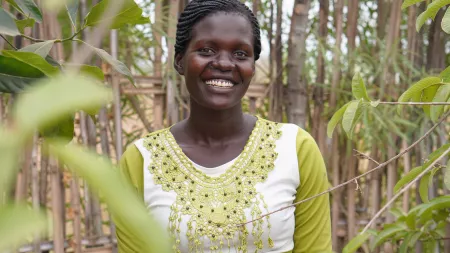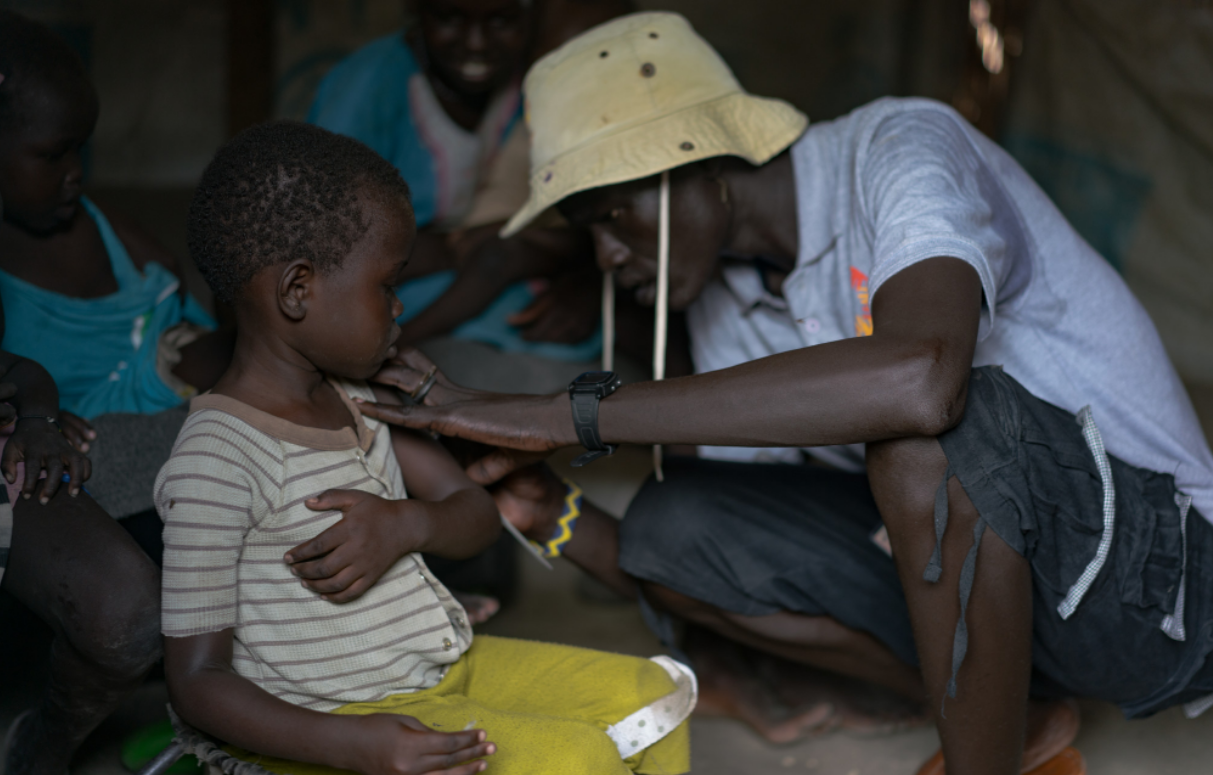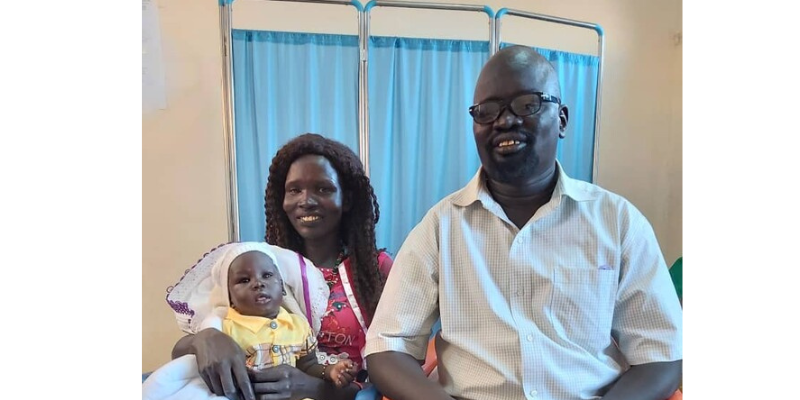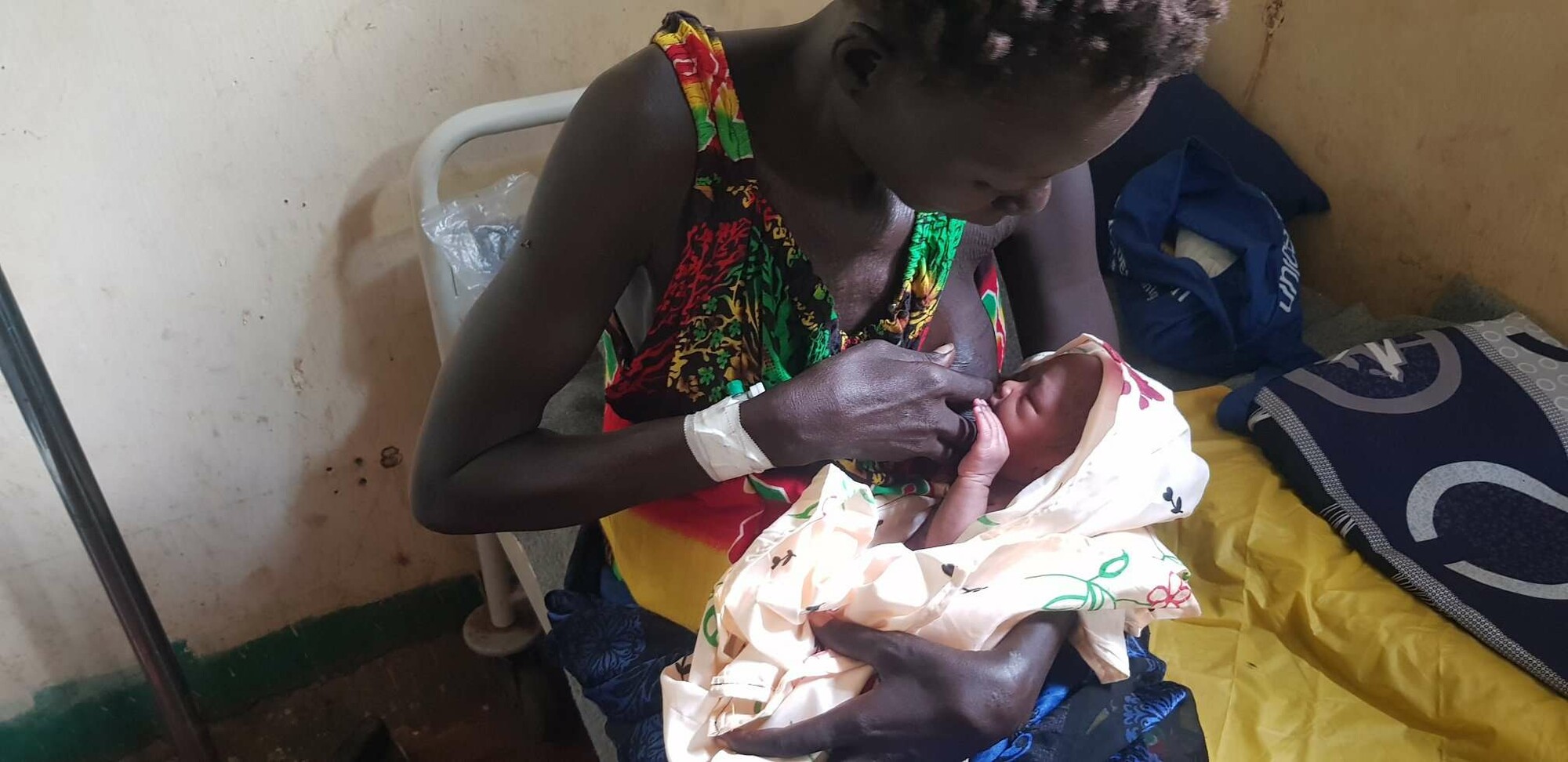
Building Capital in Crisis: CARE’s VSLA in Emergencies increase savings and solidarity
Building Capital in Crisis: CARE’s VSLA in Emergencies increase savings and solidarity

 Africa - East and Central
Africa - East and Central
South Sudan ranks 185 out of 189 on the Human Development Index (HDI). CARE International’s work in South Sudan has broadened to include health, nutrition, food security, peacebuilding, and gender-based violence protection.
CARE International has been working in the now independent South Sudan since the 1970s. In 1993, we responded to famine by providing humanitarian relief to internally displaced people in Western Equatoria.
The signing of the Comprehensive Peace Agreement in 2005 allowed CARE South Sudan to expand into Jonglei and Upper Nile States to support returnees from the refugee camps, and we have since broadened operations to include health, nutrition, food security and livelihoods, peacebuilding, and gender-based violence prevention.
More than a decade into independence, South Sudan faces multiple crises including extreme food insecurity, flooding, and armed conflict. Through a combination of long-term staff and our established partnerships we adapt and scale up our humanitarian work when needed.
Since 2020, CARE South Sudan has been responding to COVID-19. Response efforts include raising awareness about prevention methods and supporting the government with transporting vaccines.

Building Capital in Crisis: CARE’s VSLA in Emergencies increase savings and solidarity

In a confluence of humanitarian crises, South Sudan is being pushed to the brink of starvation, worsened by low humanitarain aid fund for the country.

Ahead of World Humanitarian Day on August 19th, South Sudan continues to be the deadliest place for humanitarian aid workers, followed by Sudan, Somalia, and Ukraine.

After five miscarriages, Rebecca Nyayuol was able to carry on her pregnancy thanks to a surgical procedure conducted in a CARE-supported health facility

To help reduce the high numbers of maternal and child mortality in South Sudan, CARE and partners are supporting health units to amplify and improve their capacities
Since gaining its independence in 2011, South Sudan experienced renewed conflicts in 2013 and 2016 which have significantly undermined the development gains achieved post-independence and contributed to a worsened humanitarian situation. Gender relations in South Sudan are shaped by the social and economic realities of being one of the world’s poorest countries and by decades of conflict.
Learn about CARE's activities in South Sudan, where a six-year conflict has displaced 4 million people from their homes.
English: Intersections of violence against women and girls with state-building and peace-building: Lessons from Nepal, Sierra Leone and South Sudan POLICY BRIEF “For me, addressing VAWG should be part of peace-building… it was not regarded as part of
In FY2023, CARE worked around the world, contributing to saving lives, fighting poverty, and increasing social justice.